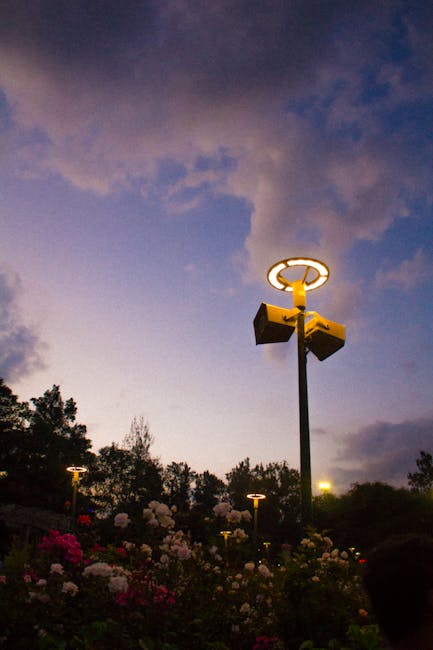The Silent Terror of A Quiet Place
John Krasinski’s A Quiet Place isn’t just a horror film; it’s a masterclass in suspense, showcasing the terrifying potential of silence and the desperate lengths humans will go to for survival. The film, released in 2018, quickly became a cultural phenomenon, praised for its innovative sound design, compelling performances, and emotionally resonant narrative. This deep dive will explore the elements that made A Quiet Place such a resounding success, examining its themes, its innovative filmmaking techniques, and its lasting impact on the horror genre.

The Premise: A World of Silent Dread
The film plunges us into a post-apocalyptic world ravaged by blind, monstrous creatures with an acute sense of hearing. Any sound, however faint, attracts these deadly predators, forcing the Abbott family to live in near-total silence. This simple premise creates a unique and intensely claustrophobic atmosphere, transforming everyday sounds into potential death sentences. The film cleverly uses the absence of sound – or the manipulation of sound – to build tension and suspense, making even the smallest creaks or whispers feel profoundly unsettling.
Innovative Sound Design: The Soundtrack of Silence
The sound design in A Quiet Place is arguably its most significant achievement. The film’s creators masterfully used silence and subtle soundscapes to create a palpable sense of dread. The absence of traditional background music is deliberate, amplifying the impact of every footstep, breath, or creaking door. Instead of relying on a bombastic score, the film uses the natural sounds of the environment – the wind rustling through leaves, the chirping of crickets – to build tension and highlight the vulnerability of the characters. This innovative approach allows the audience to become acutely aware of the soundscape, just as the characters are, heightening the sense of unease and immersive dread.
Subtle Sounds and Heightened Anxiety
Even seemingly insignificant sounds take on heightened significance. The ticking of a clock, the squeak of shoes, the whimper of a child—each sound becomes a potential harbinger of doom. This constant state of heightened awareness is brilliantly conveyed through the film’s sound design, effectively transferring the characters’ anxiety to the audience. The use of silence itself becomes a character, a palpable presence that hangs heavy in the air, creating a tension that is almost unbearable.
The Power of Visual Storytelling
Beyond its sound, A Quiet Place excels in its visual storytelling. The film utilizes long takes and minimal dialogue, emphasizing the characters’ body language and facial expressions. Krasinski’s direction effectively communicates the family’s fear, determination, and love through subtle gestures and glances, creating a profound connection between the characters and the audience. This visual storytelling becomes particularly powerful during tense sequences, where the lack of dialogue amplifies the suspense and allows the audience to fully experience the characters’ desperate struggle for survival.
Themes of Family, Survival, and Sacrifice
At its core, A Quiet Place is a film about family. The Abbott family’s unwavering bond and their willingness to make sacrifices for each other are the emotional heart of the film. Their struggle for survival isn’t just a physical battle; it’s an emotional one, forcing them to confront their fears, make difficult choices, and ultimately redefine what it means to be a family in the face of unimaginable adversity. The film explores the lengths parents will go to protect their children, highlighting the primal instincts of survival and the strength of familial love in the face of overwhelming odds.
Sacrifice and Hope in the Face of Despair
The film masterfully portrays the sacrifices the characters must make to protect one another. The characters constantly weigh the risk of sound against the needs of survival, creating emotionally charged moments of tension and desperation. Despite the bleakness of the setting, A Quiet Place also offers a glimmer of hope, showcasing the resilience of the human spirit and the enduring power of love and family.
The Legacy of A Quiet Place
A Quiet Place‘s success transcended its box office numbers; it redefined the possibilities of horror filmmaking. The film’s innovative approach to sound design and visual storytelling inspired numerous imitators but remains uniquely compelling. Its exploration of universal themes – family, survival, sacrifice – resonated with audiences worldwide, proving that a truly effective horror film doesn’t need gore or jump scares to be terrifying. Instead, it can rely on the power of silence, suspense, and human emotion to create an unforgettable cinematic experience.

Beyond the First Film: A Quiet Place Part II and Beyond
The sequel, A Quiet Place Part II, expanded upon the world and its lore, introducing new challenges and further developing the characters. This expansion solidified the franchise’s position as a significant force in the horror genre. While building on the original’s strengths, the sequel also explored new thematic ground, delving deeper into the societal implications of the creatures’ presence and the lingering trauma experienced by the survivors.
The Enduring Power of Silence
In conclusion, A Quiet Place is more than just a horror film; it’s a testament to the power of silence, the strength of family, and the human capacity for resilience in the face of unimaginable terror. Its innovative approach to sound design and visual storytelling continues to inspire filmmakers and thrill audiences, cementing its place as a modern horror classic.


